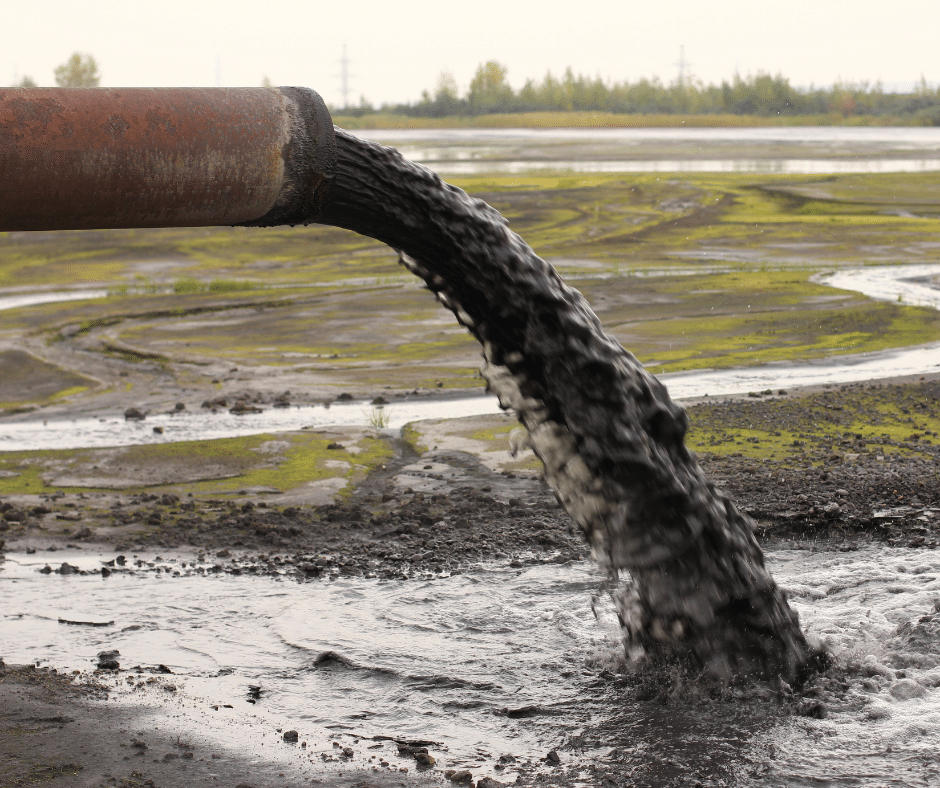
14 Feb 5 Examples of Liquid Waste
Liquid waste refers to waste materials that appear in the form of liquid matter. Waste management and the proper disposal of liquid waste are important for maintaining the safety of the environment and production processes. Liquid waste can become especially challenging and hazardous when not handled effectively, as it can cause issues due to its ability to spread quickly and pollute large areas with minimal contact. Waste can occur in many forms and requires special methods of disposal to ensure safety and prevent contamination. Explore the types, occurrences, and forms of liquid waste.
5 examples of liquid waste:
1. Domestic Sewage
Domestic sewage waste refers to the waste and products from a residential septic tank. This type of waste is created by humans in houses, schools, and other buildings. This only includes septic tanks that have a drain field. The proper management and disposal of domestic sewage waste require liquid waste to be transferred to a sewage treatment plant where the proper methods and equipment are applied to purify and dispose of waste. Read more about septic tanks pumps and operations.
2. Domestic Holding Tank Waste
Domestic holding tank waste is waste pumped from a sealed tank that doesn’t have a drain field. The holding tank waste disposal process is similar to sewage disposal. Transporting the waste to a treatment plant for filtration and purification ensures that the tank doesn’t burst or flood and reduces the risk of runoff contamination or residential waste issues.
3. Commercial Wastewater
Commercial wastewater includes waste from commercial practices and products, such as portable toilets, restaurant grease traps, and commercial holding tanks. Commercial waste often includes potential hazards, such as flammable materials or a mixture of liquid and solid waste products, and requires a more advanced and detailed disposal process. The disposal of commercial waste typically involves the filtration of waste before transportation to ensure safe and proper disposal.
4. Industrial Waste
Industrial waste is created from byproducts and runoff of industrial processes and production. It can include chemical and hazardous waste. This kind of waste cannot use the same sewage management transportation or processes as septic or commercial liquids. The industrial waste management process requires the inspection and testing of liquid waste before it undergoes the disposal process.
5. Runoff Waste
Runoff waste is the liquid waste that comes from runoff and excess stormwater in highly populated areas or cities. The management of stormwater and other runoff waste requires the planning and implementation of sewer systems and drainage plans. Runoff waste can cause contamination and flooding if not handled properly. Learn more about sewer cleaning and waste management.
Ensuring proper waste management can prevent disasters and reduce environmental harm. Both individuals in residential settings and professionals in commercial or production industries can benefit from understanding the processes and regulations of liquid waste management. The different types and creation of liquid waste require attention and specialized treatment. Contact PROS Services today to learn about our waste management and disposal services and the proper ways to care for the liquid waste you produce.

